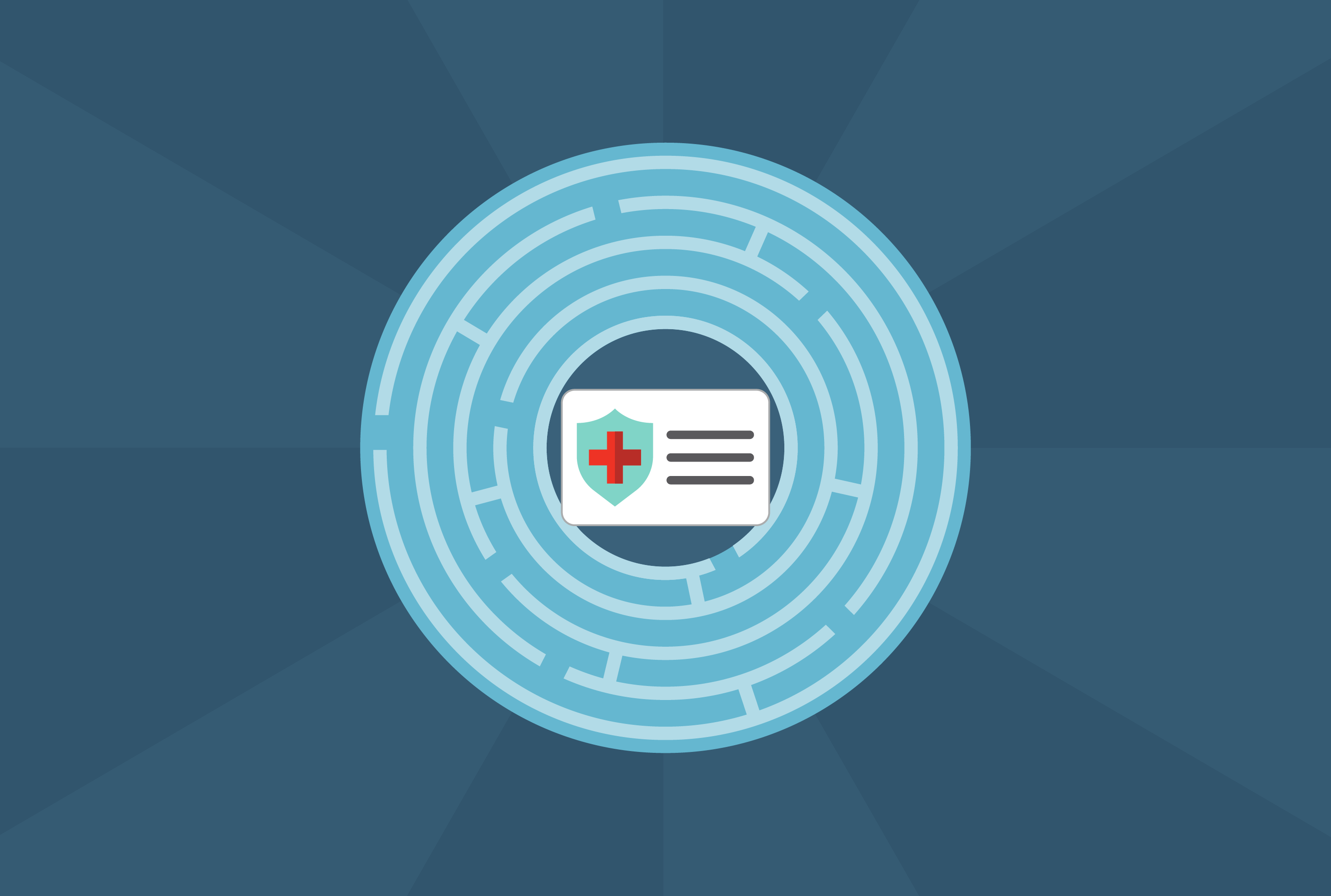HealthEdge has hired over 100 people every year for the past three years. In 2020, we added 108 new full-time employees and 22 interns. When other companies in this space were forced to do hiring freezes and layoffs, we were fortunate enough to keep growing.
With COVID-19, we saw a change in the market and our candidate pool opened up tremendously. For recruiters that allows an even greater level of selectivity, so trying to stand out becomes key. For some roles we saw an explosion of applications. Instead of 30 people applying for a job, we would receive 150 applicants.
In such a competitive job market, how can a candidate stand out?
It’s all about first impressions. First, have an updated LinkedIn profile. Recruiters love to see a profile that’s current and showcases your work and personality beyond the resume. Follow different companies and thought leaders, share articles that interest you, and post your own content. For engineering roles, it’s great to see people that participate in open-source code sites like GitHub.
In a sea of applicants, referrals are also an excellent way for an individual to rise to the top. We trust our employees look at their network and connect us with people who were standout colleagues in the past. We received over 200 employee referrals last year. It’s our recruiting policy that every referral gets called. We give our employees credence for taking the time to refer someone, and we want to ensure those connections have a good experience.
The next step is the phone screen. The phone screen is not to test if you’re qualified for the role or have the right skills. At this stage, recruiters look for your interest level, communication skills, interpersonal skills, and how you would contribute to your team. It’s important to engage with the recruiter; being open and authentic is a big part of helping us make sure you’re the right fit for the company. Talk about your experience, what interests you about our organization, show us you’ve done your research. I love when applicants have followed HealthEdge and pay attention to what we’re posting about our culture and our business. Active, thoughtful conversations make a candidate shine, whether it’s for the current role or something in the future.
It’s not uncommon that we will have a call with a candidate, and it turns out they aren’t the best match for the position they applied for, but their personality and character are a great fit for HealthEdge. We will keep those people on our radar. We’ve stayed in touch with candidates for an entire year before a role opened up. If someone makes a good first impression, they open the door to endless opportunities.
HealthEdge was recently named national Elite Winner in Employee Achievement and Recognition designation for the 2020 Medium-Size Best and Brightest Companies to Work For, Top 101 in the Nation®. We are also a proud winner of Boston’s 2020 Best & Brightest Companies to Work For® award, three years in a row, Boston Globe Top Places to Work, and Top Places to Work in the Nation in 2021. Want to work with us? One of our goals is to stand out as an employer of choice and if one of your goals is to work in an environment that challenges you and cares about you bringing your whole self to work, please check out our current job openings.





